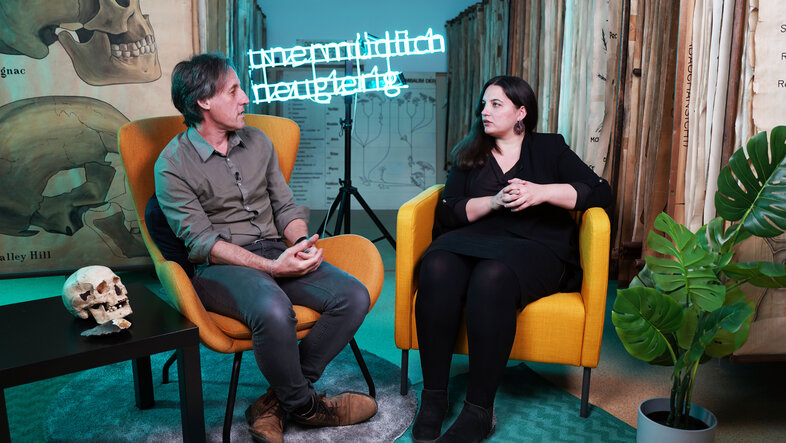MEET THE SCIENTISTS
Katerina Douka and Tom Higham about their "love for human origins"
5. May 2022
The archaeologists Katerina Douka and Tom Higham examine ancient fragments and bones to better understand how humans evolved. In two videos, the radiocarbon dating experts explain their research – and why fun is an important part of it.
